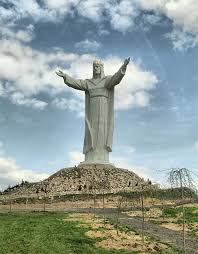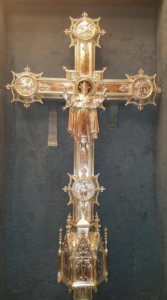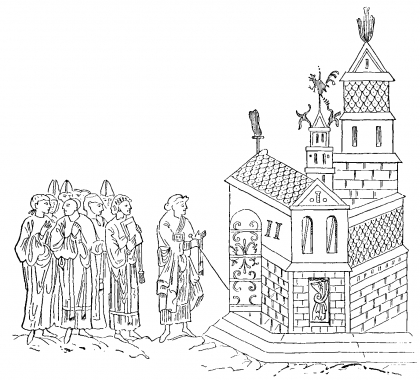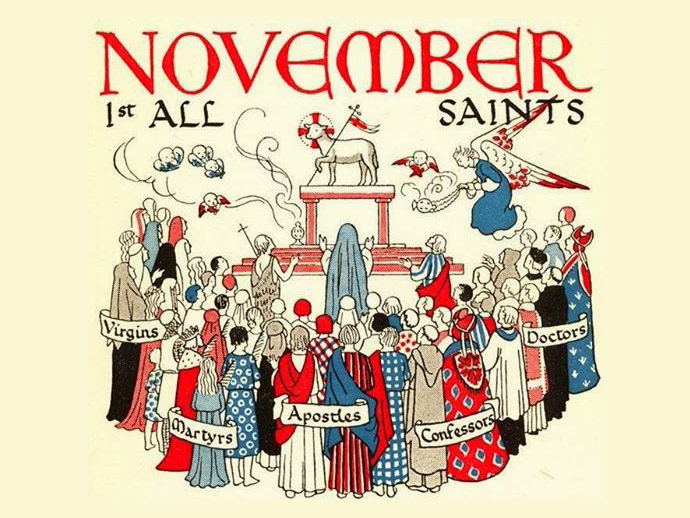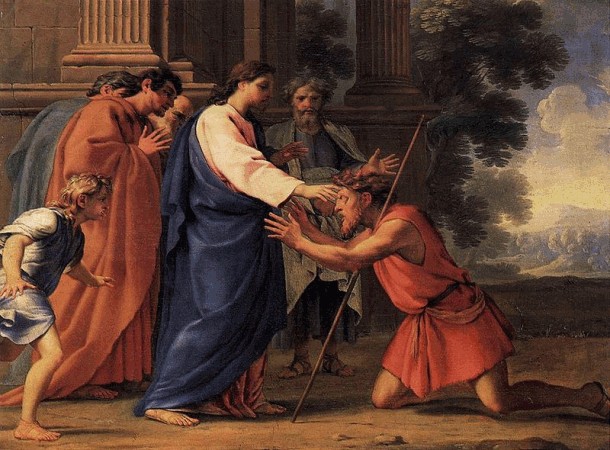Our pastor’s wife went into labor with their ninth child this morning, a little earlier than expected, so the pastoral associate had to find a priest at the last minute. He found a Ugandan priest who gave a good sermon. But the priest was not familiar with the Ordinariate liturgy, and I also heard that non-Ordinariate priests were not supposed to use our liturgy, so we ended up with a slightly confusing union of the two. The most important thing was that the ushers were unsure when to take up the collection and didn’t do it during the offertory, so we had one after communion – as someone said the second collection is a sure sign of the validity of the mass. There was a little consternation about the disorganization, but most people realized we were lucky to have a priest on such short notice.
In the Catholic Church one must flexible. Once in Montreal an elderly and very deaf priest was saying mass. He did not notice that he had turned two pages during the canon, and he skipped the consecration. The congregation slowly began realizing something was amiss, and the server tried to tell the priest what had happened. But the priest had turned off his hearing aid and ignored the server. The server went to the sacristy and found another priest, who went to the tabernacle to get a ciborium of previously consecrated hosts and distributed them. The celebrant distributed the non-consecrated hosts. Some of us made a sacramental communion, and others made a spiritual communion! Both were pleasing to God. Tertullian said, Credo quia absurdum. I say, I believe because it is so eccentric. Will Rodgers said, “I belong to no organized party. I ‘m a Democrat.” I often feel the same way about the Catholic Church

